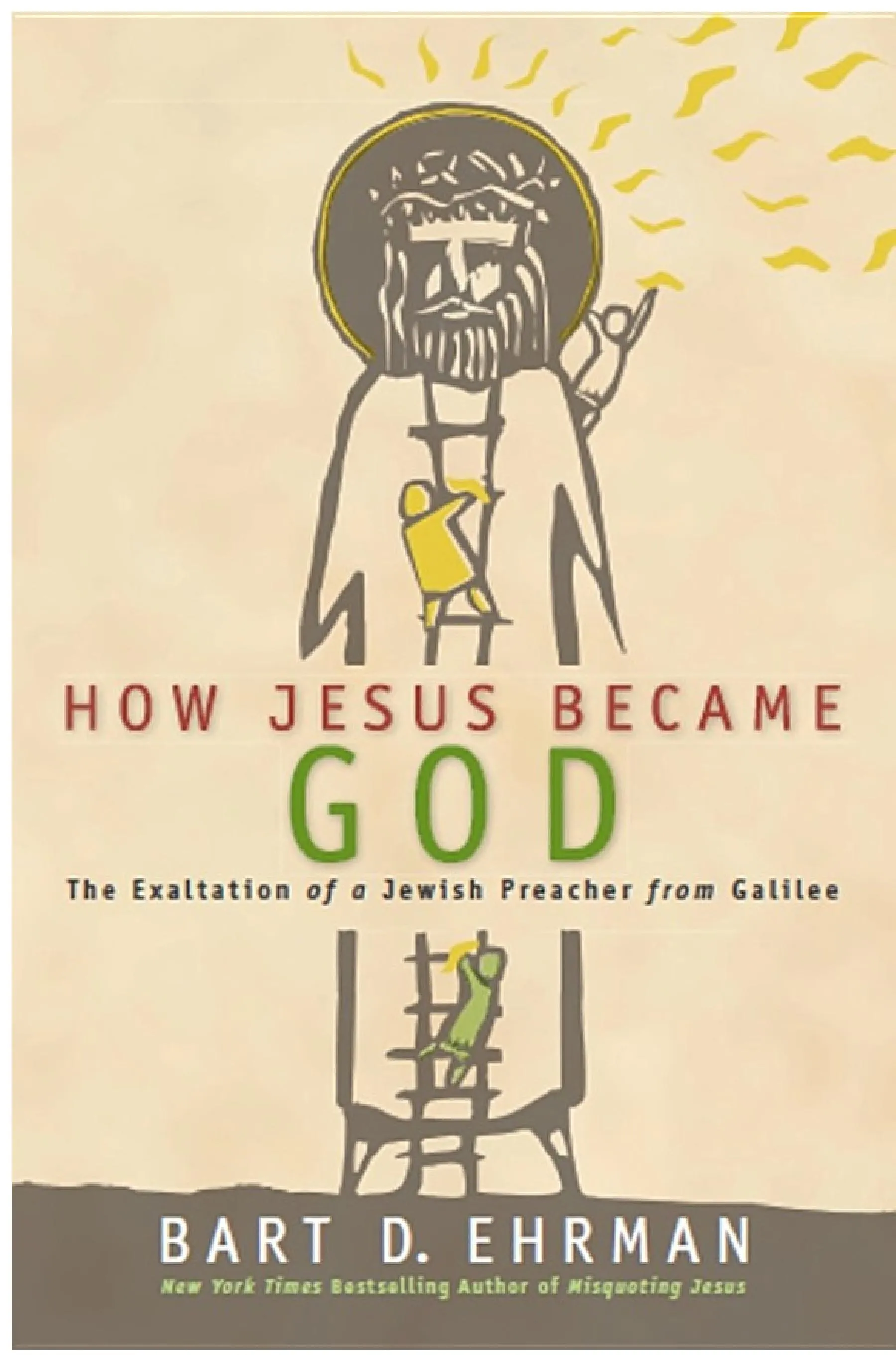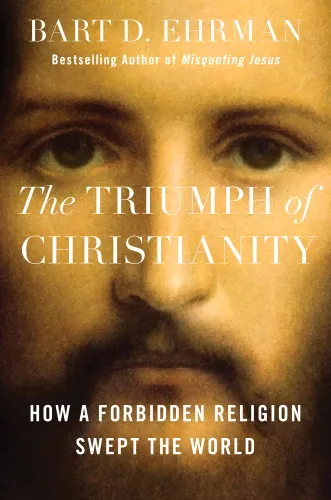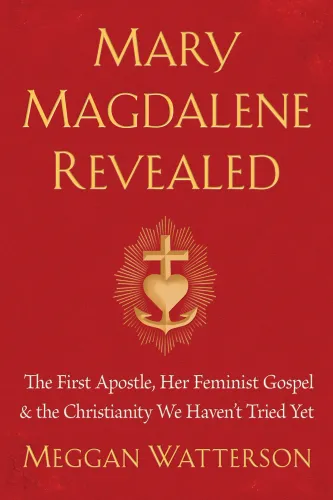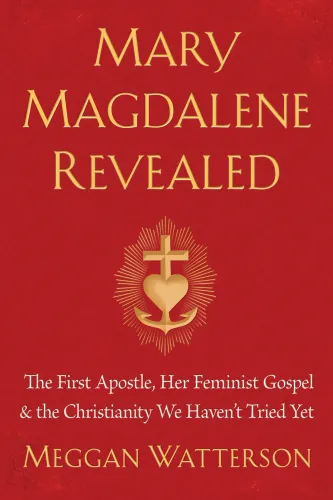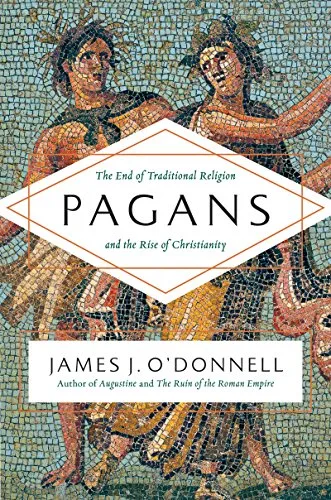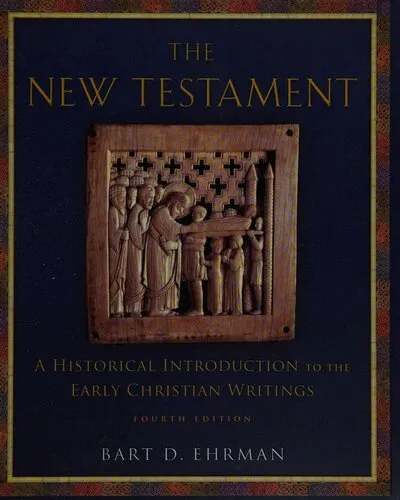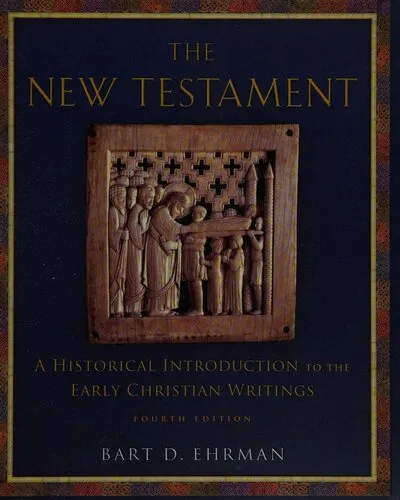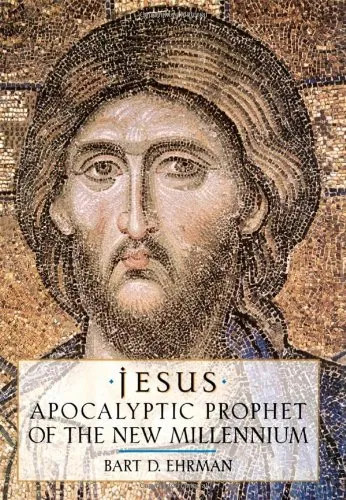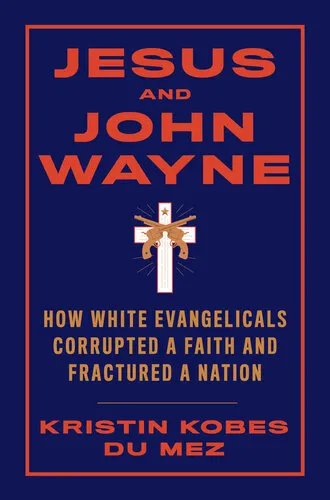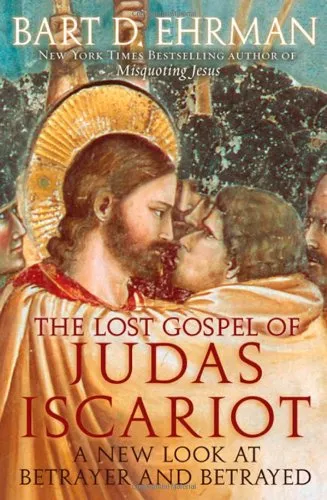Truth and Fiction in The Da Vinci Code: A Historian Reveals What We Really Know about Jesus, Mary Magdalene, and Constantine
3.7
Reviews from our users

You Can Ask your questions from this book's AI after Login
Each download or ask from book AI costs 2 points. To earn more free points, please visit the Points Guide Page and complete some valuable actions.Related Refrences:
Persian Summary
Introduction
In the realm of modern popular literature, few books have sparked as much intrigue and debate as Dan Brown's "The Da Vinci Code." Its thrilling narrative and provocative assertions have captivated millions worldwide, leaving both casual readers and scholars pondering the boundaries between historical fact and speculative fiction. Enter "Truth and Fiction in The Da Vinci Code: A Historian Reveals What We Really Know about Jesus, Mary Magdalene, and Constantine" by Bart D. Ehrman, a book that seeks to unravel the tapestry woven by Brown and illuminate the truth beneath the sensationalism.
As an esteemed historian, Ehrman delves into the controversies and questions raised by Brown’s bestseller, providing readers with a scholarly assessment grounded in historical evidence. This book is an essential companion for anyone captivated by The Da Vinci Code's mystery, offering clarity and factual insight into figures and events intricately portrayed in Brown’s narrative. Whether you are a skeptical reader or a devoted fan, Ehrman's exposition allows you to appreciate the ingenuity of Brown's work while discerning the actual historical truths interwoven within.
Detailed Summary of the Book
"Truth and Fiction in The Da Vinci Code" meticulously separates the historical evidence from the fictional elements popularized by Dan Brown. Starting with Jesus and Mary Magdalene, Ehrman examines the claim that Jesus was married to Mary Magdalene and had descendants, a central theme in Brown’s novel. He navigates through ancient texts, shedding light on Mary Magdalene's role within early Christianity.
Proceeding to the era of Constantine, Ehrman dissects the portrayal of the Roman Emperor's influence on early Christianity. The book scrutinizes the assertion that Constantine radically altered Christianity during the Council of Nicaea, particularly addressing allegations concerning the formation of the biblical canon and the divinity of Jesus.
Ehrman further explores the Gnostic Gospels, deciphering their content and contextual significance, contrasting them with Brown's interpretation. Through painstaking research, Ehrman provides readers with an authoritative perspective on these controversial topics, balancing accessibility with academic rigor.
Key Takeaways
- The evidence regarding Mary Magdalene's purported marriage to Jesus is largely speculative and unsupported by historical texts.
- There is no credible historical evidence that Constantine manipulated the basic tenets of Christianity at the Council of Nicaea.
- The Gnostic Gospels provide alternative perspectives on early Christianity, but do not support the claims made in The Da Vinci Code.
- Ehrman emphasizes the importance of separating historical facts from literary fiction for a fuller understanding of Christian history.
Famous Quotes from the Book
"The Da Vinci Code throws a flood of misinformation at the reader, assuming that most people won’t know what to believe or what to make of it all."
"History is far more interesting than anything the modern imagination can concoct."
Why This Book Matters
"Truth and Fiction in The Da Vinci Code" is not just a rebuttal to a popular fiction novel; it is a thoughtful exploration of where historical reality meets creative narrative. In presenting well-researched evidence and scholarly critique, Bart D. Ehrman empowers readers to distinguish fact from fiction. This book is crucial for those interested in understanding the historical underpinnings of Christianity, as well as the cultural and literary implications of its modern representations.
By providing an accurate portrayal of figures like Jesus, Mary Magdalene, and Constantine, Ehrman contributes to a more informed public discussion about religious history and its modern-day implications. His work offers a lens through which readers can discern the truth, appreciate the intrigue of fiction, and understand the nuanced challenges of historical representation.
Free Direct Download
You Can Download this book after Login
Accessing books through legal platforms and public libraries not only supports the rights of authors and publishers but also contributes to the sustainability of reading culture. Before downloading, please take a moment to consider these options.
Find this book on other platforms:
WorldCat helps you find books in libraries worldwide.
See ratings, reviews, and discussions on Goodreads.
Find and buy rare or used books on AbeBooks.
1559
بازدید3.7
امتیاز0
نظر98%
رضایتReviews:
3.7
Based on 0 users review
Questions & Answers
Ask questions about this book or help others by answering
No questions yet. Be the first to ask!



